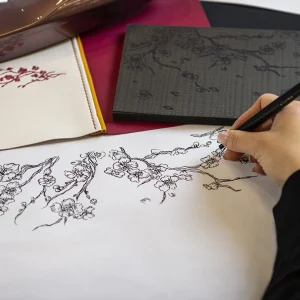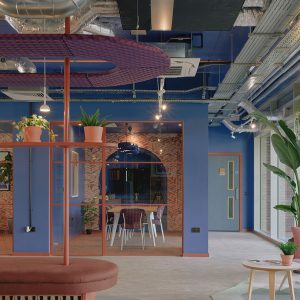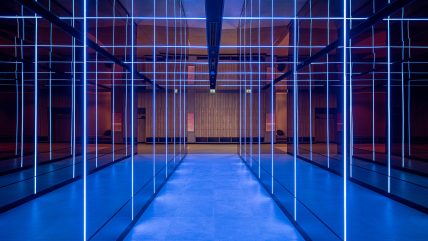
Opinion Jeff Shaw, Arup,
‘MORE AND MORE, so it seems to me, light is the beautifier of the building,’ American architect Frank Lloyd Wright once observed.
Lighting, both natural and artificial, plays an intrinsic role in architecture and design, well beyond the functional role of making a space visible or enabling people to perform a task.
When it comes to guidance and standards in lighting – and there is an extensive range, published by the Society of Light and Lighting (SLL), the BSI and others – there is invariably a focus on targets and design parameters to ensure functional lighting requirements are met, and that lighting installations are safe and fit-for-purpose. One of the drivers for this is that, depending on the individual project, the role of designing the lighting in the built environment can fall on a wide range of different practitioners, not necessarily lighting specialists.
But lighting, in the overall context of design, may be about improving the quality of a space or changing its use in a renovation or taking a new space and using light to make it comfortable, inviting, sustainable, all while supporting its function. This goes well beyond the meeting of a given lux level on a specified surface based on a range of assumptions.
In other words, it is crucial to look beyond simple compliance. An office lit to a blanket uniform 500 lux on the working plane can lack visual interest, can be uncomfortable, and is wasting energy. Or lighting the concourse of a transport hub to a strict uniformity target, with no consideration of how the other surfaces in the space appear, is likely to create an unwelcoming environment that can be confusing to navigate and that may even feel unsafe.
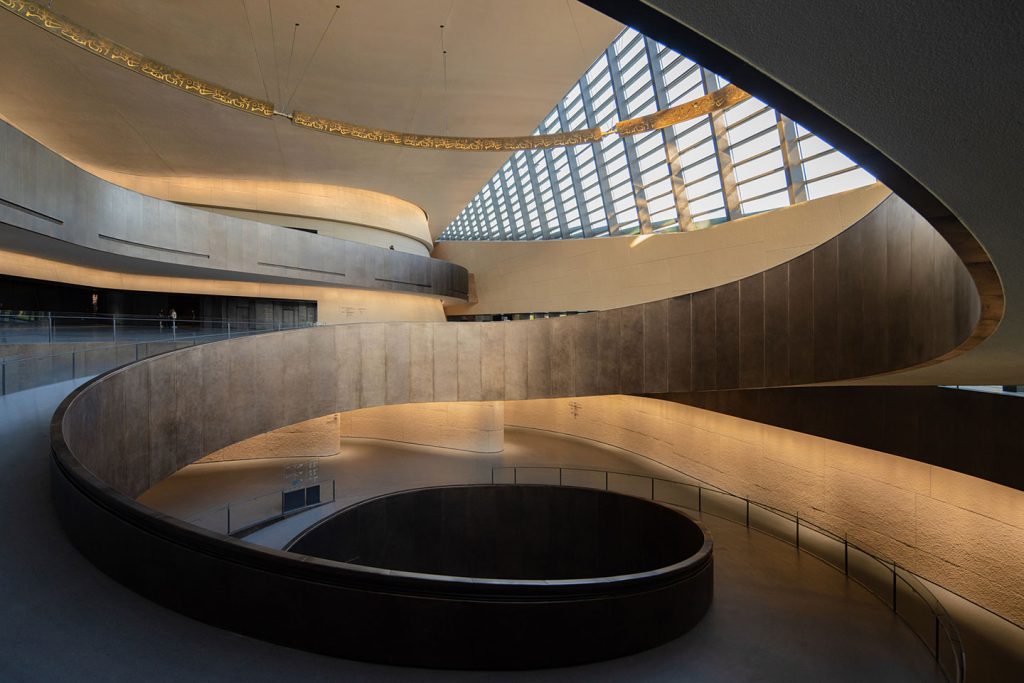
Lighting standards do provide a framework to set design targets for a lighting scheme and are generally viewed as providing mandatory targets (in some cases they are a legal requirement, such as for emergency lighting). However, delivering a scheme focused only on compliance to these targets does not necessarily deliver a good design.
Traditionally, guidance such as the SLL’s series of lighting guides, also tends to focus on specific aspects of lighting design or building types, in many cases touching on design techniques and approaches, as well as setting out technical targets and design considerations, and other relevant requirements.
So an upcoming lighting guide is a departure on both these counts. For the first time an SLL guide – Lighting Guide (LG) 23 – will focus on the topic of creative architectural lighting rather than a specific aspect of lighting. It addresses the overall architectural lighting design process, giving guidance on approaches to creative design and delivery, appropriate to any lighting design project. It emphasises that compliance should not be confused with good design.
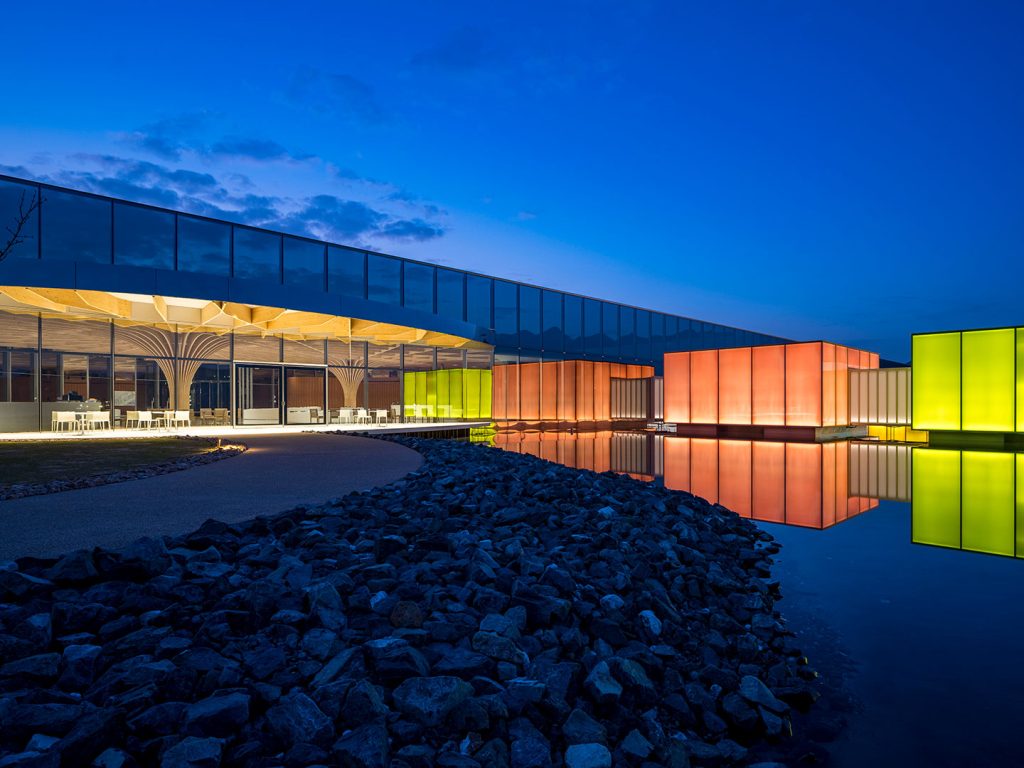
Given that professional lighting designers only design the lighting for a fraction of our buildings, the purpose of LG23 is to give all those who may develop lighting schemes – architects, interior designers, landscape architects, electrical engineers, manufacturers and contractors – robust guidance on a creative rather than target-driven approach to lighting design.
Crucially, the guide outlines the sorts of situations where a designer may justifiably choose to depart from the standards, with due care and consideration (as well as with a risk assessment).
It also aims to support the improvement of the quality of lighting design carried out throughout the built environment by all involved.
Of course, good lighting design is not only about displaying a high degree of creative flair. A wide range of skills, talents and simple common sense contribute to creating high-quality outcomes for projects. While the reading of standards may lead some to believe that there is a ‘right answer’ to a design problem, there is generally no single solution. It is the role of the designer to best apply his or her abilities to work with the project team to develop a solution that fits the requirements and stakeholders’ aspirations.
Good lighting design also goes beyond just minimising the carbon footprint. An extremely low-energy scheme may be technically compliant with standards, but if not considered more holistically may be deemed inadequate by users who, as a result, may not use the space or be comfortable in it. A truly sustainable lighting scheme is ‘energy-effective’ – delivering a useful, comfortable space that people will use, which can require a little more energy use than the absolute minimum, but which therefore has longevity.
Overall, good lighting design is about balancing the meeting of functional and energy requirements with lighting’s effect on people’s comfort, safety, health, well-being, sense of place and orientation; and there can be wider social impacts and implications for local ecology and dark skies. All design is about compromise, and responsible lighting design is about balancing all requirements to maximise the effectiveness of the result.
This guide is timely in the sense that the lighting profession has been subject to significant change over recent years, including an ever-growing recognition of the importance of lighting in the built environment. Over the past two decades we have seen the takeover of LEDs as the primary source that, by their nature, opens a much wider range of design possibilities than we had in the past.
We are also subject to more significant pressure than ever in the drive for sustainability. And there is a greater awareness that our designs need to be inclusive, along with more understanding of the fact that lighting impacts the health and well-being of building occupants.
All of this must be navigated alongside new and frequently changing legislation and on the wave of digital change affecting all industries. This puts a greater degree of opportunity and responsibility than ever before on the practitioner carrying out the lighting design.
LG23 aims to capture as much of this change as possible, and to prepare practitioners for the current and future direction of lighting design practice.
The guide is not intended to provide solutions, but it goes into detail on a wide range of possible design considerations and approaches for every stage of a project. The overall intent is for it to inform and assist lighting designers with design and to ensure that they are aware of the potential issues involved when undertaking a lighting design project, as well as to enable them to know when to ask questions and seek advice.
Lighting Guide 23 (LG23) is due to be published this year. For more details of all SLL publications go to: cibse.org/get-involved/societies/society-of-light-and-lightingsll/ knowledge-resources/sll-publications-and-guidance Jeff Shaw, FSLL, lead author of LG23, is associate director lighting design at Arup and former SLL president
Opinion Daniel Blaker, Nulty
LEARNING TO WORK with the medium of light is a privilege; it reveals so much more than is first seen.
At a microscopic level, light is both a particle and a wave – an unparalleled constant that travels within a vacuum at nearly 300 million metres a second.
On a macroscopic scale, light reveals itself to us through our eyes, minds and bodies. Its intrinsic beauty realises the world around us. Lighting designers use these combined ‘magical’ properties to express architectural form, enhance materials, inform well-being and make spaces come alive through storytelling and emotional engagement.
The complexity of light lies in its spectral richness – something that we are only beginning to really understand. It influences everything around us, from the exquisite tapestry of the natural world to the clockwork rhythms of our daily lives. This knowledge has expanded our horizons and shifted the focus to how we achieve quality of light by considering the full gamut of influences.
Lighting designers are still expected to make spaces look and feel beautiful, but we are also being asked to address a growing list of priorities that includes sustainability, biodiversity, biophilia, wellbeing and neurodiversity.
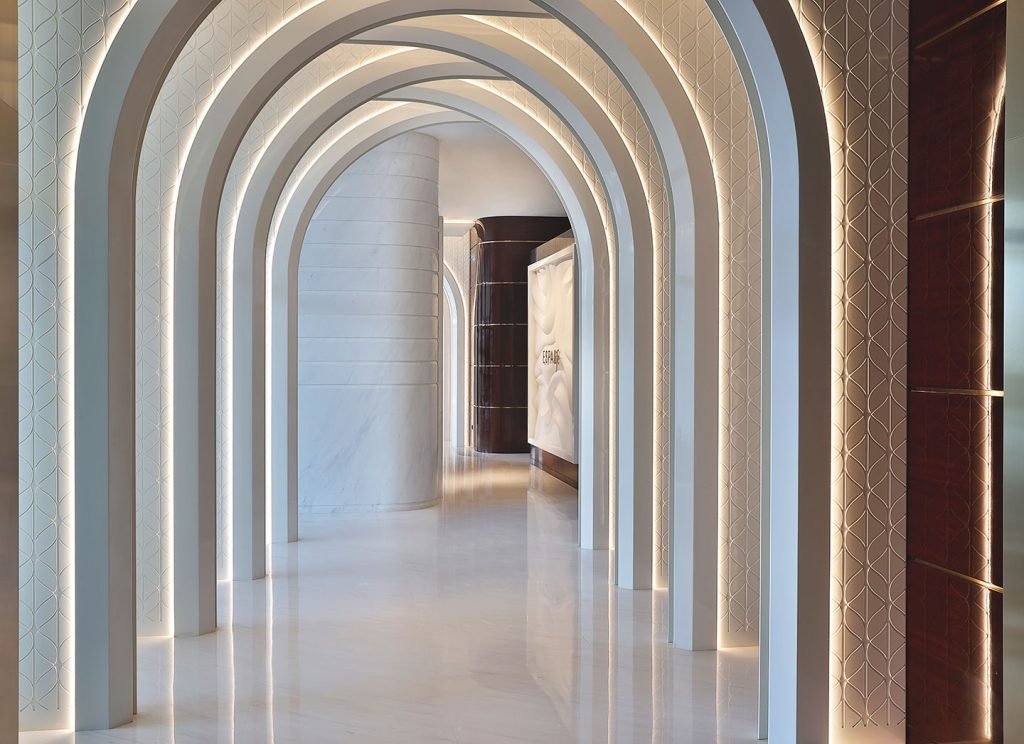
Designing with creative freedom is a delicate tightrope between the poetic, the psychological and the physiological facets of light. Clients look to us for originality and artistry, but also require us to help them achieve metrics and meet the criteria for standards. If we are not careful, we can become too focused on these variables. Our scope for creativity is impeded because we are busy trying to tick these boxes. So how do we preserve our capacity for creativity? The answer begins with play.
Designers need to be given freedom to play with ideas – space to let go of the norms and explore the unknown. Without this freedom, we naturally default to modification, which is much more familiar and involves adapting a previously seen approach and shining a new light on it.
Although the notion of play might imply light-heartedness, it is not frivolous. Play is a fundamental part of the lighting design process, where fluid and unique ideas are allowed to emerge and express themselves. Creativity lives within all of us, but learning to listen and encourage it to manifest is a skill. We need to give ourselves permission to play and not devalue its importance.
No two projects are the same. Every scheme is a new creative proposition shaped by its client, location, context, culture and constraints. These nuances inform the outcome as much as the initial brief itself, and require us to ask the right questions to tune the frequency and find the right harmonic to make a scheme come to life.
Sometimes this process means stepping away from the obvious question and reframing the challenge entirely, asking ‘how do I not light this?’ rather than ‘how I light it’. While lighting innovations are essential to foster discovery, we run the risk of overcomplicating the design process if the introduction of ‘extras’ is not well considered and entirely justified. Refining our lighting concepts is how we ensure that every design adheres to a light ‘only when and where it is needed’ philosophy.
The iterative process is especially vital in lighting design because light is an intangible medium. Drawings and calculations will only take you so far. The real ‘truth’ is added when we mock up our ideas and test them in the real world. It is the only way to really know that the lighting effect that you envisaged at the play phase will be realised in the final design.
Sadly, creativity is under threat. The process of realising and refining creative ideas is becoming a luxury in today’s increasingly constrained project landscape. Reduced programmes are pushing designers to work faster and more efficiently. Tighter budgets require us to do more with less. All this means that creativity is being sidelined and what invariably follows is a more familiar and restrained design process, with less room to explore, question and iterate.
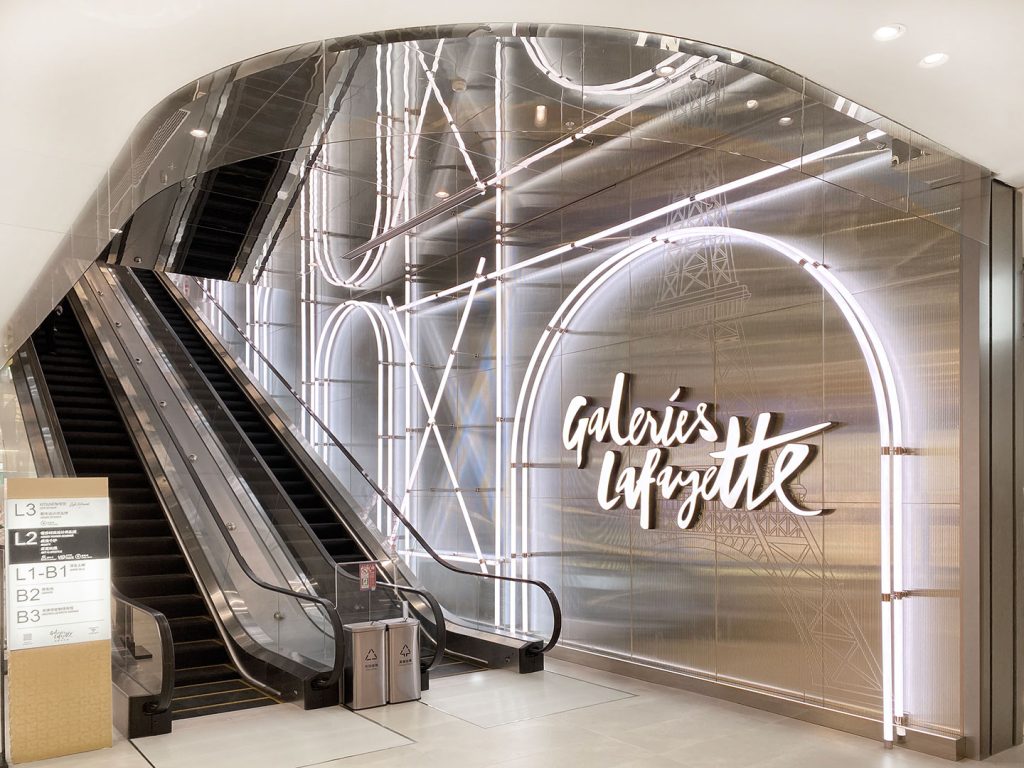
A logical response to working creatively under these pressures might be to turn to AI, as it has the potential to evolve from a tool that helps us streamline workflows into a valuable partner for ideation. However, AI arguably poses both an opportunity and a threat to creativity.
While it can simplify our internal processes and free up more time for thinking, there is the risk that we might grow to rely on it and lose our innate critical thinking. True creative thinking is something more – something more spiritual.
The role of a lighting designer has changed considerably in recent years, partly due to the richness of scope that I referred to earlier. Emerging studies are reshaping our understanding of the health and wellness benefits of light on an almost weekly basis. To keep pace, we must remain open and engaged as our world spans a whole range of disciplines, including physiology, psychology, sociology and ecology.
We need the ability to think both broader and deeper to create meaningful work. ‘Knowing’ is an essential part of the realisation of a design – it encourages us to ask the questions others might not think to ask and bring a fresh lens to each design challenge.
The more we inform our creativity, the more we listen and the more that we play, the greater our ability to try the untested and explore different directions. Feeding the creative spirit means sharing yourself with the bigger picture and absorbing as many disparate experiences as possible to add more flavours, influences and knowledge to the design process.
So are we losing the spirit of play in lighting design? Not entirely, but creativity is under greater pressure than ever before. Raising the bar is difficult because it is hard to define what ‘the bar’ is when there are so many disparate boxes to tick. What we cannot do as a discipline is allow self-justification to be tied to metrics and standards – no designer ever set out to achieve standard.
We need lighting designers who are bold enough to stand up for creativity by asking for the things that help it materialise and flourish. Space to play, time to explore and a seat at the table early in the design process to question, test and evolve our ideas. When those things are allowed to happen, light will always show us the way.
Daniel Blaker is creative director of lighting consultant at Nulty



